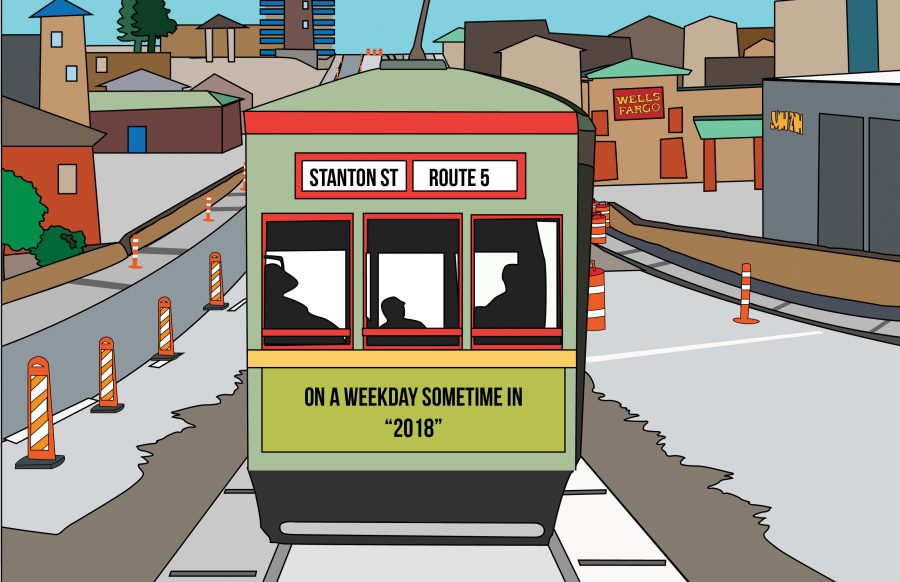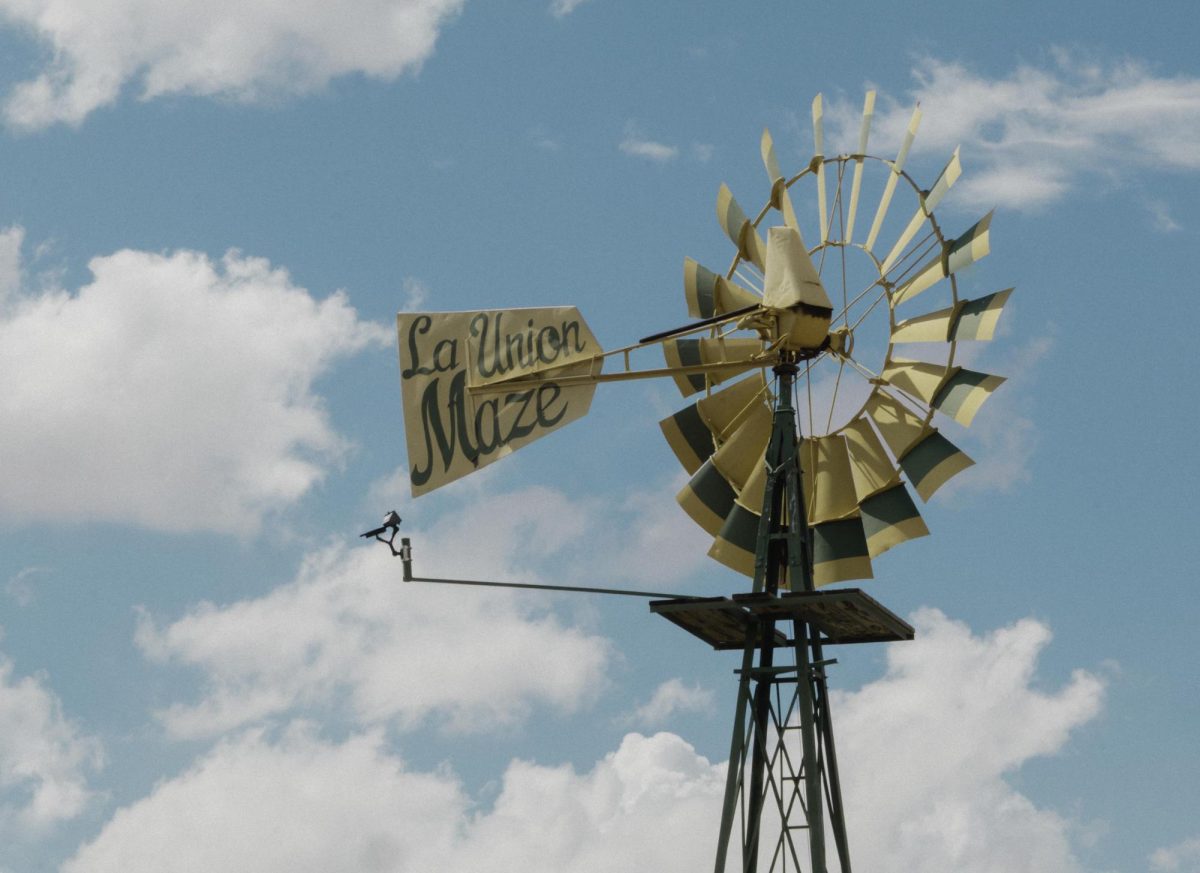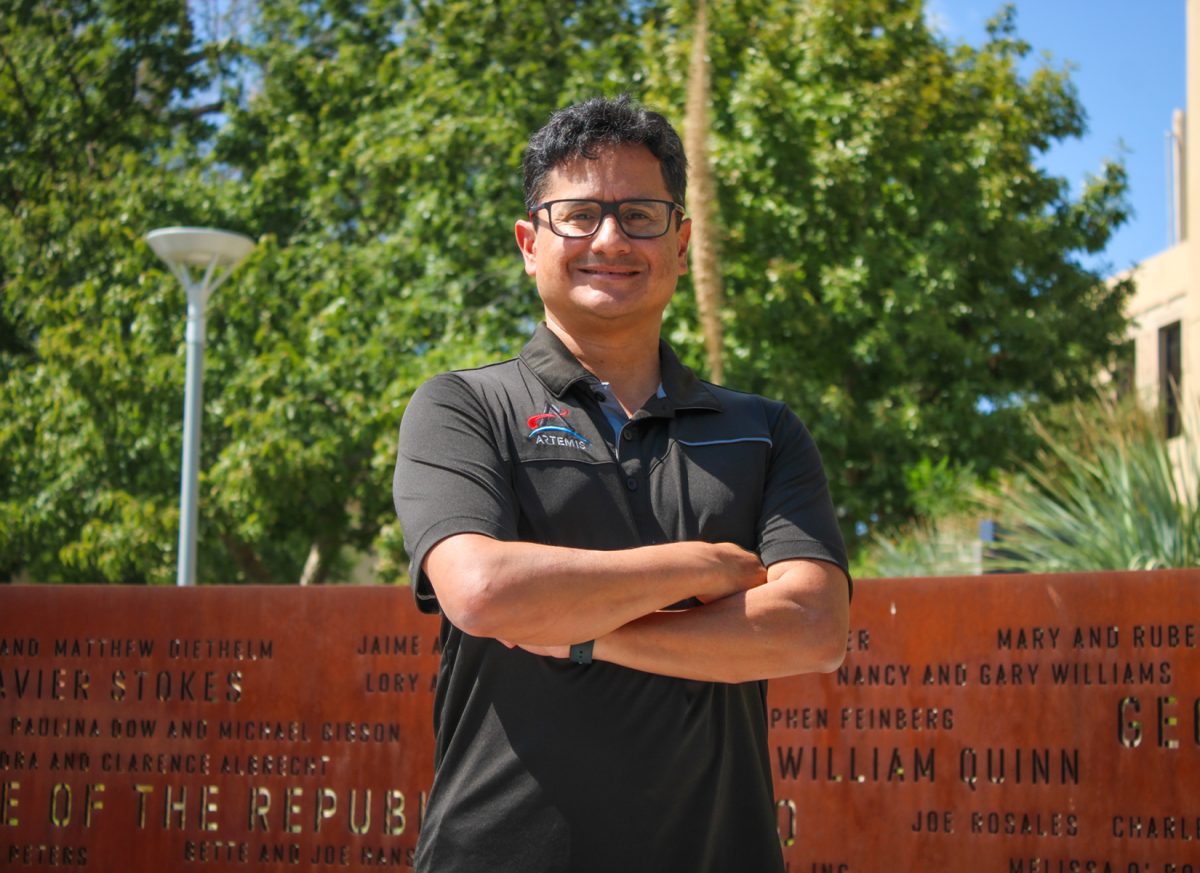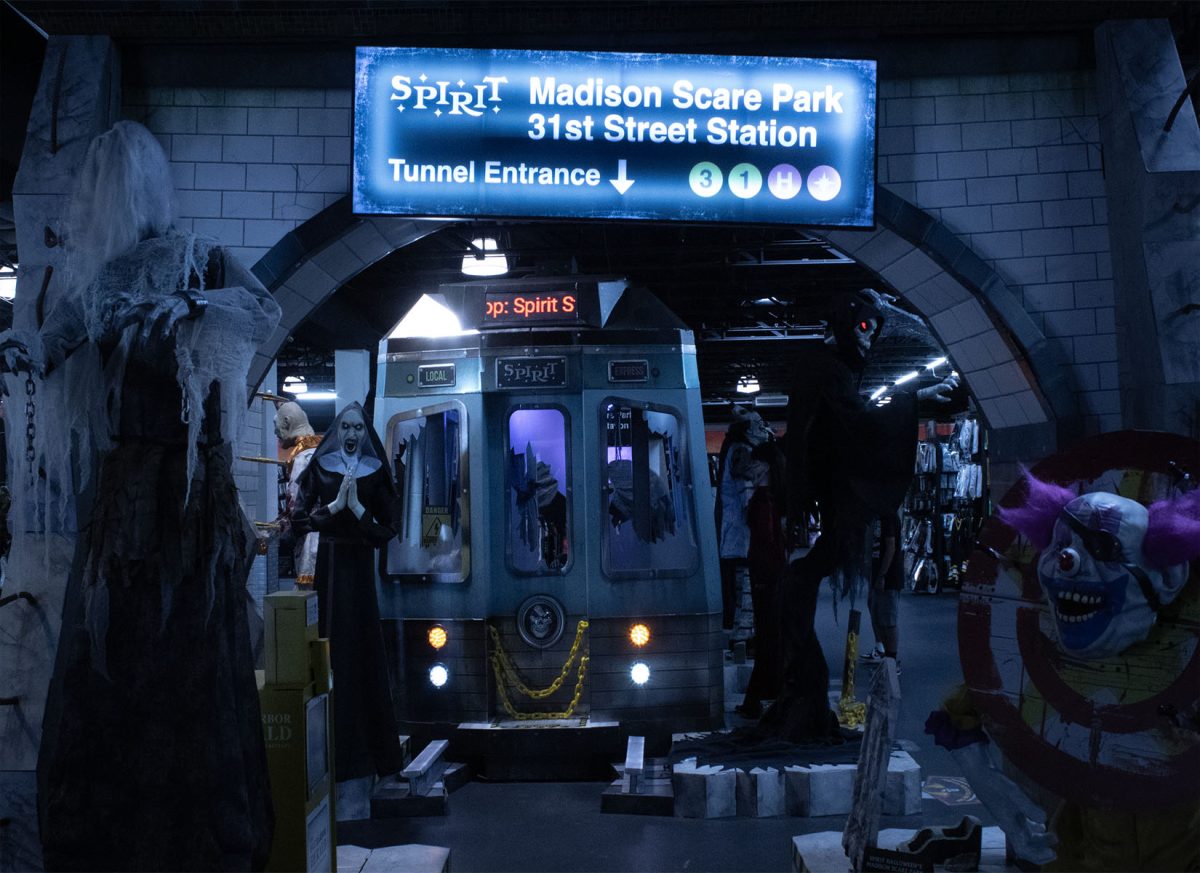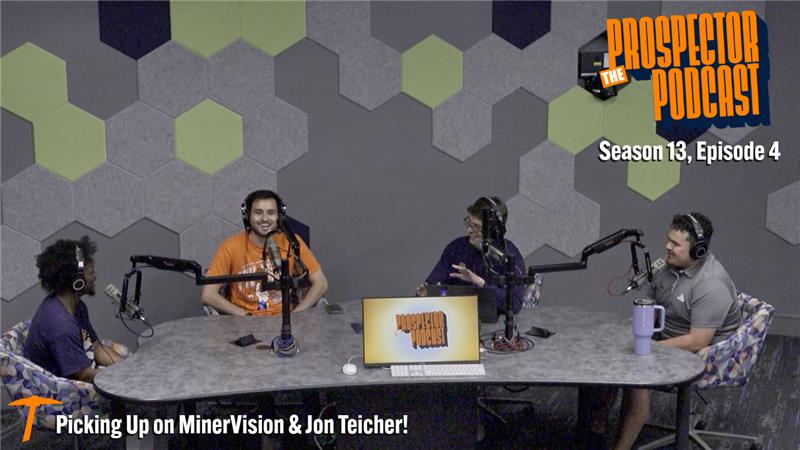Growing up in Brooklyn, New York, Carl Jackson, assistant director of Streetcar Operations at Sun Metro, was always infatuated with trains, subways and any other means of public transportation. Coming from a third generation of public transportation specialists, Jackson knew he always wanted to work on big machines, like trains and railcars.
He’s worked on major projects, such as the Atlanta streetcars, the Portland streetcars, the Kansas City streetcars and the Seattle streetcars. Jackson saw the impact that a streetcar had to each individual city and how much the local area benefited from it. However, none of his previous projects have struck him quite like El Paso’s future streetcar project.
“In all my 30 years of working in streetcar operations, I have never worked with such a great group as we have now,” said Jackson, who has been working with the Sun Metro team for nine months now. “Every day we are doing more to get this going and hopefully we can have this ready by the end of 2017 or the start of 2018.”
While some would consider it a construction and traffic nightmare, the El Paso streetcar project has been under construction since early November and plans to continue throughout the year.
When finished, the streetcars will have two major routes: the first will be through the major streets in the downtown area, and the second will go from South Stanton Street in downtown, up to North Stanton Street, then take a left on Baltimore Avenue up to Glory Road, and finally a left on Oregon Street, which goes all the way downtown.
There will be six streetcars running at all times and they will arrive at each stop every 10 minutes, according to Jackson. He said the design for the streetcars will resemble the old streetcars, but include the amenities of a modern streetcar, such as WI-FI, air conditioning and a modern interior. Day passes to ride the streetcar for the whole day will cost around $10, while single ride fares and monthly passes will be available.
“People are going to love it. In my experience when cities like Portland, Seattle, Kansas City or Atlanta get a streetcar, businesses open up around there so they can get in on the action,” Jackson said. “It’s going to go from the downtown to the uptown and the movement is to take the city and uplift it.”
However, there are some individuals concerned about the construction associated with the project.
The owner of Nuovo Cappetto, Edward Davis, shut down his business, located at 2711 North Stanton Street, because he claimed the construction had brought business down drastically.
Frank Ricci, the owner of Rockin’ Cigar Bar, located adjacent to Nuovo Cappetto, said he has not seen any sort of decrease in business due to the construction.
“Our sales have grown by 100 percent since last year,” Ricci said, who has owned the bar for over a year. “We were one of the few bars here when we first opened and now we’re happy where we are from one year ago.”
Ricci does not think that once the streetcar lines are open, it will help boost his business because his customer’s usually drive to their location.
“I don’t know if there’s some sort of master plan behind having the streetcar come up to Cincinnati, but I personally don’t see the need for our customers,” Ricci said. “We have business from Mexico, but they drive their cars here. Unless there’s a master plan, I don’t know why they developed money in the train.”
Jackson said that since El Paso is a big city, people should be enthralled by the new addition.
“This is going to be something for everybody—for the older generation, for the younger generation, for the tourists,” Jackson said. “Millennials, especially, will take this concept and love it. This is a fundamental change for El Paso that people will end up loving.”
Some of the things people will not love, Ricci said, are the traffic and parking problems it’s causing. Although Rockin’ Cigar offers a back-side parking, bar-goers in the Cincinnati district might have to park as far as UTEP to go to the bars.
“Work has to occur for the product to be produced,” Jackson said. “Construction and traffic are only temporary problems. When our team closes a street or a block down, they have it up and running within the next month. For any change to come, work has to be done—it’s just like when there’s potholes in the streets—it has to be fixed.”
Matthew Torrez, a sophomore history major, uses public transportation as a means of getting to and from school each day. He said that by adding the streetcar, it can give the city an added flavor.
“I always used to ride one in San Antonio, where I used to live, and I think an opportunity to ride one would be a real treat,” Torrez said. “Traffic is always a concern, but with buses or streetcars, there’s always a set time. Most people on the road avoid buses, so the average time to get from one place to another is pretty much the same each time.”

